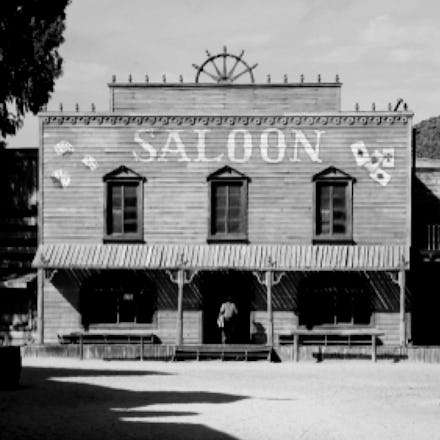Jacob Vanderpool

This article is a part of the Black Monuments Project, which imagines a world that celebrates Black heroes in 54 U.S. states and territories.
As settlers moved out West in the mid-19th century, Oregon began enacting laws that sought to prohibit black people from living within its territory.
The first exclusion law was enacted in 1844 and was promoted by former slave owner Peter Burnett, who had moved to Oregon from Missouri, an Oregonian columnist wrote in 2014. Under what was referred to as “Peter Burnett’s lash law,” the provisional legislature ordered that free blacks who refused to leave the territory could face a punishment of up to 39 lashes. That law was fully repealed in 1845.
The second exclusion law, enacted in 1849, prohibited black people from coming to Oregon. In 1851, Jacob Vanderpool — the owner of a saloon, restaurant and boarding house in Salem — was a black resident who was kicked out of the territory because of the law, even though, according to Salem Public Library records, the law was intended to prevent new black people from settling in the region, the Washington Post reported in June. Vanderpool’s neighbor reported him to authorities — for simply existing while black in Oregon. Judge Thomas Nelson expelled Vanderpool from the territory, giving him 30 days to leave, according to the Washington Post.
The second law was repealed in 1854 — but Oregon was determined to keep black people from settling there. When Oregon became a state, it entered as a “whites-only” state, and that part of its Constitution wasn’t struck until 1926, the Oregonian op-ed said.
There isn’t much known about Vanderpool and his life after being kicked out of Oregon — let alone an image of the businessman. But perhaps that’s all the more reason to honor him with a symbol of his legacy in the state.